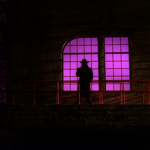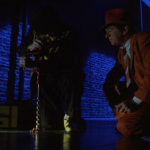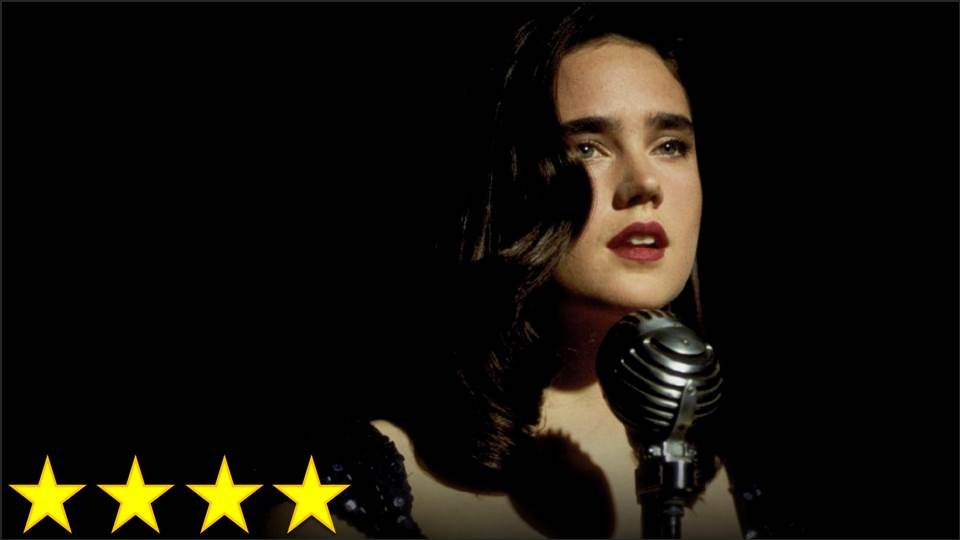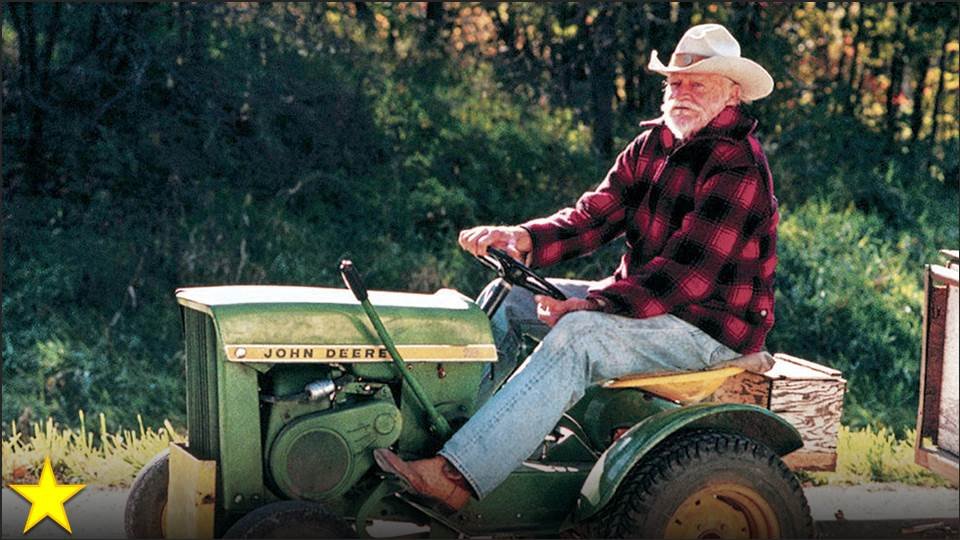I generally try to be a really tough critic. I never give five stars, and I only give four and a half stars to the movies that grab me in the most intense and personal ways possible or impress me such that I would not object to considering them the greatest films of all time. Naturally, I try to keep the list of films that get this most esteemed rating as small as possible, with only a few such reviews every year so they only make up about 10% of my reviews. As I watched What About Bob?, I could tell that this film was in the 4 to 4.5 zone, but I wasn’t sure where, and I regrettably remained unsure even after the film had ended. Over time, however, I found myself leaning towards 4.5 not only because its particular story and comedy style grab me personally, but because I kept laughing at its comedy after weeks had passed since I watched the film.
I do believe that this film is truly (and perhaps objectively) good, but the reasons why I love it are more subjective. I have a personal connection to What About Bob? because I love Frank Oz, who directed the film, and I’ve grown fond of his style as a filmmaker and humorist. He also cast fellow Muppet performer Fran Brill as a fairly significant character in the film, which I greatly appreciate – it’s not every film that pairs Bill Murray with Prairie Dawn. I also just like comedic stories about craziness, mental illness, anxiety, psychology, and the brain, which is why films like High Anxiety, Silver Linings Playbook, Crazy People, and Inside Out are among my favorites. I also like comedy that focuses on the dynamic between characters that each have distinct and understandable personalities, a la the early Harry Potter films and certain Muppet movies.
To be more objective, however, the story is cleverly written, and the performances are absolutely excellent. Richard Dreyfuss in particular clearly had a difficult task in that his character must become progressively and consistently less sane, while staying somewhat relatable during most of the film, and I think he handled it very well, delivering most of the film’s best comedy. I will say that the extent to which I empathize with Dreyfuss’ character does at times get in the way of the comedy, and it is perhaps a consequence of this that the film’s ending feels a little weak, but overall, What About Bob? offers the high level of cinematic craftsmanship that I’ve come to expect from Frank Oz. I don’t think this movie gets a lot of credit as one of the greats – although it did make Bravo’s list of the “100 Funniest Movies” and a quote from the film is in my movie quotes daily calendar – but regardless of what anyone else might think of it, I cannot recommend it highly enough.

















